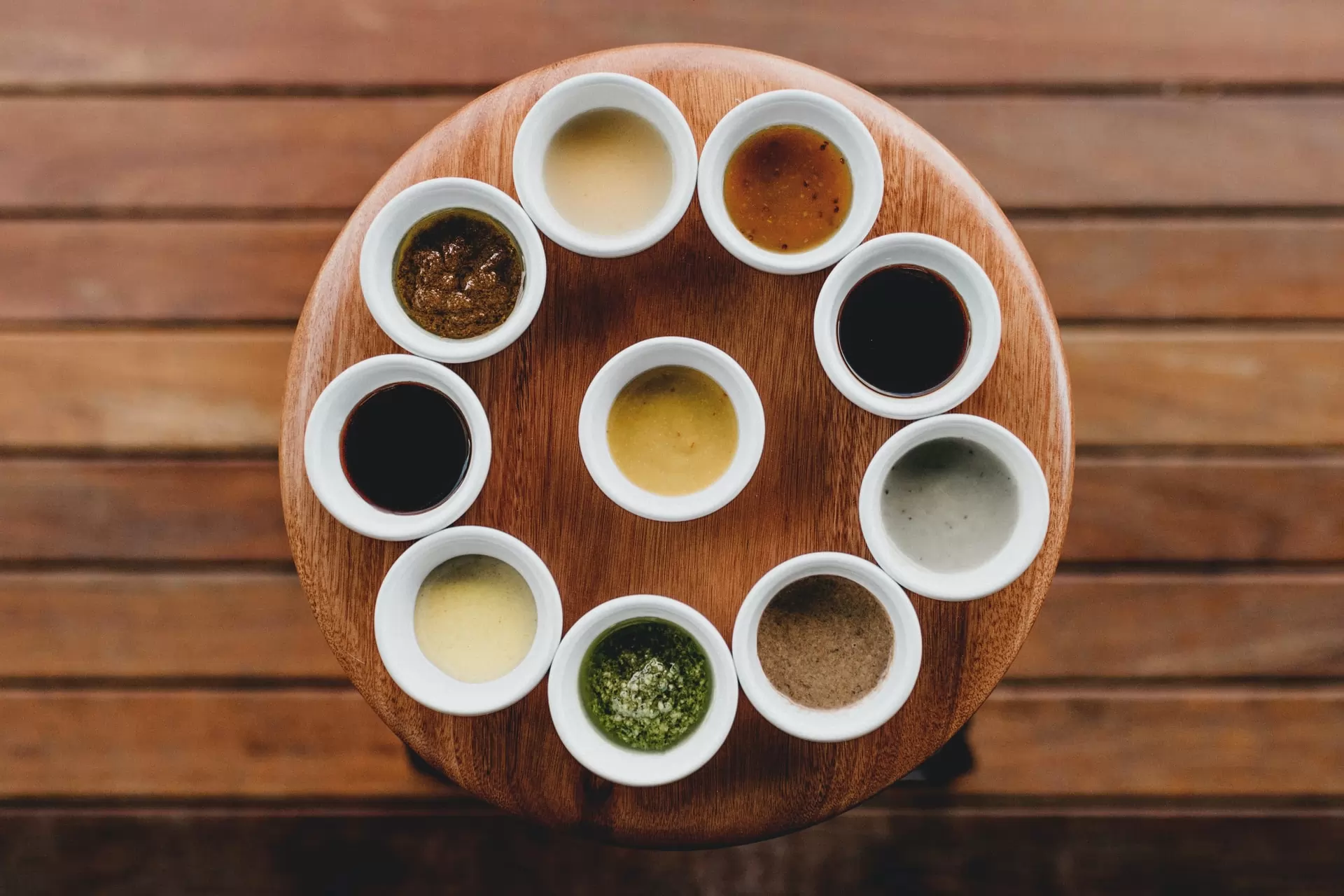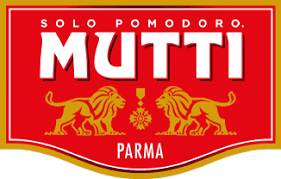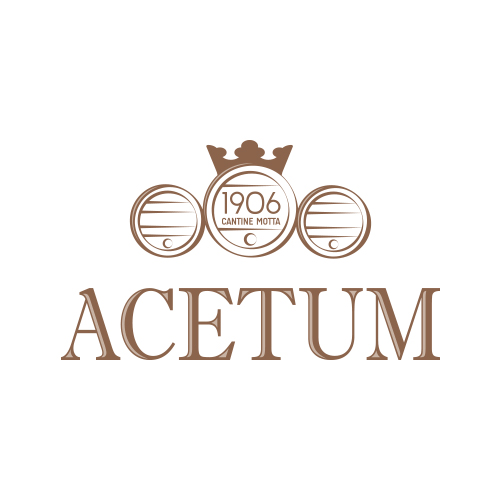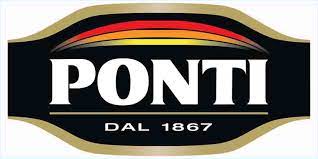Summary
The global market for ready-made sauces and spices has been growing, with an expected CAGR of 4.6% from 2014 to 2027 and volume sales rising by 1.3% in the same period. Despite the COVID-19 pandemic, certain segments like vegetable preserves and canned tomatoes have seen significant gains, capitalizing on increased home consumption. In Italy specifically, the market for canned reds and UHT sauces has reached a total turnover of 1.1 billion euros as of 2022. The Italian sector saw an increase in enterprises to 269 in 2020, a growth of 4.6% from the previous year. However, production value in the Italian seasonings and spices industry only saw a slight increase of 0.9%, standing at 965.7 million euros. Exports from Italy have shown remarkable growth, from $575.2 million in 2011 to $1538.6 million in 2022, notably jumping during the pandemic from $1007.5 million to $1274.3 million in 2020. Germany is Italy's primary partner for imports while the United States remains the main export destination. The pandemic's impact varied across the industry, but ready-made sauces maintained 2020 sales levels, and fresh sauces even saw a 13% increase compared to the previous year, suggesting resilience and adaptability amidst the changing consumer patterns during the crisis.
Trends and Insights into the Italian Ready-Made Sauce Market
In the dynamic landscape of the Italian ready-made sauce market, there has been a notable stability in demand, particularly for tomato-based products such as passata, puree, and UHT (ultra-heat treated) sauces. In recent times, the market has soared to impressive heights. This robust performance is indicative of Italians' time-honored love for sauces, especially those with a tomato base, which evidently remain entrenched in the culinary traditions of the country. Looking into the specifics, it's evident that traditional tomato products like passata, holding a substantial market share between 50 to 60 percent, are paramount, with puree taking precedence as the most developed segment in the last four years. Despite the variability in the market prices and volumes, passata sustains a significant role in terms of value and volume across the Italian sauces and condiments market. The younger demographic has shown a preference for convenient and affordable options, with passata capturing more than half of their purchases, followed by pulp and whole peeled tomatoes. Such trends underscore the importance of practicality in the choice of these products. The discerning younger consumers also exhibit a keenness to scrutinize product packaging for country of origin information, linking product provenance with quality and safety.
Amidst this backdrop, ethical considerations also come into play. While the issue of caporalato remains complex, a sizable portion of the demographic associates this form of labor exploitation with the tomato harvesting sector, potentially influencing purchasing decisions towards more ethically transparent products. The rise of the conscious consumer is ever-present, as observed in the key drivers for the purchase of tomato purees. With '100% Italian origin' being the most influential factor, followed closely by the high quality of raw materials and price considerations. It's a movement that forwards a trend where consumers not only exhibit a pronounced partiality towards the authenticity and quality of local produce but also display a strong reaction to promotional campaigns, with the majority leveraging promotions in their purchasing strategy. In summary, the Italian ready-made sauce market demonstrates a healthy blend of tradition and modernity with an entrenched preference for local, high-quality tomato-based products complemented by a growing consciousness towards ethical production and sourcing. The market dynamics suggest that while established brands continue to resonate with consumers, there is also a space for innovative newcomers who can meet the evolving demand for transparency, quality, and convenience in the Italian culinary scene.
Key Players in the Italian Ready-Made Sauce Market
The Italian ready-made sauce market is characterized by a diverse array of players, each contributing to the rich tapestry of products available to consumers. Without focusing on specific turnover figures, let's delve deeper into the positioning and unique value propositions of several significant market actors in the realm of ready-made sauces, particularly those operating within the Italian market.
- Barilla Group: Synonymous with Italian pasta, the Barilla Group has also carved out a significant presence in the world of ready-made sauces. Known for their Pesto alla Genovese and a variety of tomato-based sauces, Barilla’s products stand out for their quality ingredients and adherence to traditional Italian recipes. Their widespread distribution in both supermarkets and abroad solidifies their status as a household name, appealing to consumers seeking convenience without compromising on the taste and authenticity of Italian cuisine.
- Nestlé: Operating under the brand Buitoni amongst others, Nestlé remains a prominent figure in the ready-made sauce segment. Buitoni, in particular, offers a panorama of sauces that cater to various preferences, including classics such as Marinara and Bolognese, and is well-regarded for their quality and flavor. Nestlé's global reach and robust distribution network ensure their sauces are a mainstay on shelves around the world.
- Unilever: Unilever’s influence in the sauces market is notable, particularly through products like Knorr. This brand is recognized for its wide assortment of sauces and seasonings that cater to various international tastes, accommodating consumers looking for both traditional and exotic flavors in their meals.
- Parmalat: Part of the Lactalis Group, Parmalat has a stake in the ready-made sauce market through dairy-based products, including bechamel and other white sauces. Their expertise in dairy lends a unique creaminess and richness to their sauce offerings, appealing to those who favor a hearty accompaniment to their dishes.
- Cirio: Cirio is another key player with a deep heritage in producing tomato products. Their legacy and expertise in working with Italian tomatoes lend credibility and attractiveness to their line of passata, purees, and tomato-based sauces, promoting the Italian tradition of simple yet flavorful ingredients.
- Mutti: Another champion of the tomato, Mutti prides itself on using carefully selected tomatoes to craft their sauces. Their commitment to quality and sustainable farming practices resonates with consumers who are increasingly conscious of the source and footprint of their food products.
to understand this market
Detailed content
 Inforamtion
Inforamtion
- Number of pages : 30 pages
- Format : Digital and PDF versions
- Last update : 10/08/2023
 Summary and extracts
Summary and extracts
1 Market Overview
1.1 Definition and presentation
A ready-made sauce is a finished product (mixture of several ingredients) that can be purchased in grocery stores and supermarkets, the use of which involves only that the contents of the jar are heated and then combined directly with other foods such as pasta or rice.
The ready-made sauce market can be segmented into:
-Tomato-based condiments;
-Pesto;
-Other sauces (micro-category).
This market can also be segmented into hot sauces and cold sauces (mayonnaise, salad dressings, etc.) and is a sub-segment of the condiment market.
The global market for ready-made sauces is definitely growing for several reasons, one of which is the lack of material time to be able to cook that forces consumers to opt for ready-made products. It is projected that The global sales of the sauces and spices market will increase with a CAGR of 4.6 percent from 2014 to 2027, while volume sales of sauces and spices will grow by 1.3 percent during this period. In Italy, the sauces market is basically stable and in retail is worth about 45,000 tons per year. The market value has increased slightly over the years due to the introduction of new products.
In recent years, the penetration of ready-made sauces within Italian households has stood at 55 percent, and it can be seen that 57 percent of volumes are purchased in northern Italy.
The criteria of choice that lead consumers to buy one sauce rather than another are trust in the brand and diversification of recipes, the more sophisticated the recipes are the less the consumer will be driven to an impulsive purchase and it will be easier to make him a regular customer.
Consumers' favorite places to purchase these products are hypermarkets. As for cold sauces we note a positive purchasing trend mainly due to the introduction of e-commerce channels that have become increasingly popular in the post-Covid period.The main trends that have been evidenced by the most important players in the market are the constant search for quality by consumers, attention to raw materials (possibly Italian) used and authentic flavors, and innovation. Innovation is considered a key factor because only by innovating can the producer capture the changing food trends and tastes of consumers.
1.2 World Market
Global sales in the sauces and spices market will increase at a CAGR of *.* percent from **** to ****, while volume sales of sauces and spices will grow by *.* percent during this period. In the sauces and spices segment, Japan and Switzerland have the highest annual per capita revenues in ****.
Global segment turnover: ...
1.3 Italian Market
In the last year (***) sauces reached a total turnover of *.* billion euros. this is what emerges from the report 'Reds and ready-made sauces in the year of the energy and inflationary crisis' prepared by Iri.
The largest market, reds, boasts a year-on-year turnover of more than *** million euros. Tomato puree remains ...
1.4 Imports and Exports
The graph shows the trends in exports, imports, and the coverage rate of sauces and other seasonings from and to Italy over the years **** to ****. Exports increased steadily over the years, from $***.* million in **** to $****.* million in ****. The largest increase occurred between **** and ****, when exports increased from $****.* million to $****.* million. Imports, ...
1.5 Covid-19 impact
The COVID-** pandemic has had a differentiated impact on various sectors of the Italian food industry, including sauce manufacturers. While some segments have suffered severe difficulties due to restaurant closures and lockdowns, others have thrived due to increased domestic consumption, sometimes reversing previously declining trends.
Now, these sectors are faced with ...
2 Demand analysis
2.1 Sales volumes of various products
Sauces, and especially tomato sauces, have traditionally been a passion for Italians, and this is certainly also demonstrated by the value of this market within Italian Distribution. In fact, in the last year, the Rossi market and the UHT Sauces market together reached a turnover of more than *.* billion euros In ...
2.2 The Italians and Tomato Base Sauces
Consumption of the young
Regarding purchasing behavior, even in the youngest age groups, passata represents for **% of respondents, the most purchased option combining practicality and affordability. This is followed by pulp (***). Bringing up the rear is tomato paste, preferred in only *% of cases.
Purchasing habits of young people's tomato derivatives, by ...
2.3 Average monthly household expenditure
The graph shows the average monthly household expenditure on sauces and condiments, in current euros, from **** to ****. In ****, the average expenditure was *.** euros. This increased by about *.* percent in ****, reaching *.** euros. In ****, the average expenditure increased again, reaching *.** euros, which represents an increase of about *.* percent over ****. In ****, the average expenditure ...
2.4 Pasta consumption as a demand driver
Pasta consumption is proportionally related to the consumption of sauces and gravies for several reasons, related to both eating habits and practical and gustatory aspects. This close relationship between the two aspects has a significant impact on food markets, especially in countries like Italy, where pasta is a staple food and ...
2.4 Omnichanneling
Buzzoole research shows that ** percent of Italians follow influencers for culinary advice. Beverage-themed content has also increased in the past year.
On social networks, people are increasingly talking about food. That of food & beverage-themed content is a long-standing trend, but one that has seen a further increase in the past year. ...
3 Market structure
3.1 Market actors
As can be seen from the graph below, the number of enterprises has gradually decreased in recent years: from from *** enterprises in **** to **** enterprises in ****, for adecrease of **, or **.* percent. However, this trend was reversed during the pandemic: in ****, the number of enterprises increased by ** to *** with an increase of *.*% over ...
3.2 Value Chain
3.3 Distribution channels
Ready-made sauces are very common food products and can be distributed through a variety of channels. Distribution channels depend on the company's strategy, target market, and product type. Here are some common distribution channels for ready-made sauces:
Supermarkets and hypermarkets: This is one of the main distribution channels for ready-made sauces. ...
4 Supply analysis
4.1 Products
Classics
Mother sauces
- Spanish sauce (***)
- béchamel and velouté (***)
- tomato sauce
Basic sauces
- white sauces (***)
- Brown sauces (***)
Derived or compound sauces
- which are derived from the parent sauces or tomato sauce, e.g. port sauce which is made by adding port to demi-glace sauce .
Not ...
4.2 Prices
In UHT Sauces, on the other hand, the increase in the average price already accelerates from the beginning of the summer, while the sharp decrease in the promotional level is present in the preceding months. In fact, as shown in the graph below from December ****, we were already beginning to see ...
4.3 Trends
There are a number of trends in the sauces market:
Low-fat , low-caloriesauces are gaining ground.in food consumption, the most relevant finding emerging is undoubtedly that of a new approach to food, characterized by an increasing attention to the health aspects of food; there is a growing awareness among consumers that ...
5 Regulations
5.1 Regulation
The production of sauces and gravies in Italy must comply with various regulations at the national level and, if intended for export, European regulations as well. Some of the main regulations that must be considered include:
General Food Safety Law: This law establishes the general principles for food safety and sets ...
6 Positioning of actors
6.1 Segmentation
- Barilla
- Rana (Groupe Giovanni Rana)
- Mutti
- Acetum S.p.a
- Ponti S.p.a
All our studies are available online in PDF format
Take a look at an example of our research on another market!
Latest news
Companies quoted in this study
This study contains a complete overview of the companies in the market, with the latest figures and news for each company. :
 Choosing this study means :
Choosing this study means :
Access to more than 35 hours of work
Our studies are the result of over 35 hours of research and analysis. Using our studies allows you to devote more time and added value to your projects.
Benefit from 6 years' experience and over 1,500 industry reports already produced
Our expertise enables us to produce comprehensive studies in all sectors, including niche and emerging markets.
Our know-how and methodology enable us to produce reports that offer unique value for money.
Access to several thousand articles and paid-for data
Businesscoot has access to all the paid economic press as well as exclusive databases to carry out its market research (over 30,000 articles and private sources).
To enhance our research, our analysts also use web indicators (semrush, trends, etc.) to identify market trends and company strategies. (Consult our paying sources)
Guaranteed support after your purchase
A team dedicated to after-sales service, to guarantee you a high level of satisfaction. +44 238 097 0676
A digital format designed for our users
Not only do you have access to a PDF, but also to a digital version designed for our customers. This version gives you access to sources, data in Excel format and graphics. The content of the study can therefore be easily retrieved and adapted for your specific needs.
 Our offers :
Our offers :
the market for sauces | Italy
- What are the figures on the size and growth of the market?
- What is driving the growth of the market and its evolution?
- What is the positioning of companies in the value chain?
- Data from several dozen databases
5 reports pack (-15%) IT Italy
- 5 reports at €75.6 excluding VAT per study to choose from our Italian catalogue for 12 months
- Save 15% on additional studies purchased
- Choose to be refunded any unused credit at the end of the 12-month period (duration of the pack)
See the terms and conditions of the pack and the refund of unused credit.






 Barilla loses the second round of the cookie war - 02/04/2024
Barilla loses the second round of the cookie war - 02/04/2024
 Mutti, champion of tomato sauce - 05/07/2023
Mutti, champion of tomato sauce - 05/07/2023















